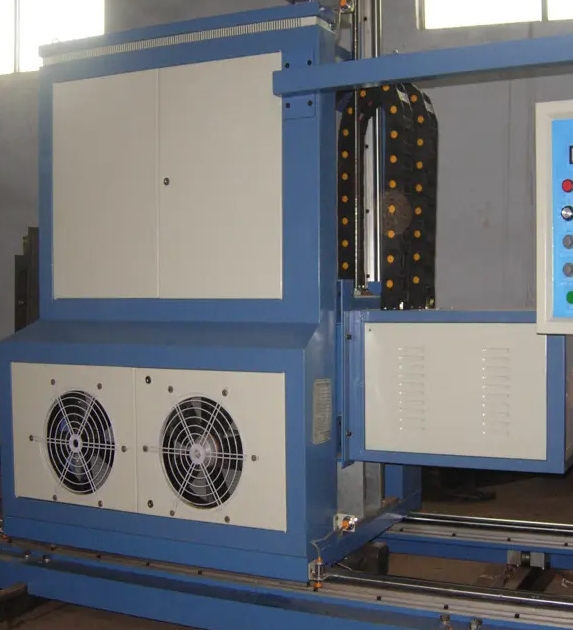- 14
- Jun
How to control the deformation and cracking of high frequency quenching equipment during quenching
How to control the deformation and cracking of өндөр давтамжтай унтраах төхөөрөмж during quenching
Due to the combined effect of structural stress and thermal stress, high-speed steel cutting tools are often deformed and cracked, and are more prominent for large-sized, complex and slender cutting tools.
There are many reasons for deformation and cracking, such as cold working stress in cutting tools before heat treatment, original cracks, serious carbide segregation, high frequency quenching temperature too high, too fast cooling, premature cleaning and untimely tempering, etc. cracked. If the carbide segregation in the high-speed steel exceeds the specified level, it will obviously cause deformation and cracking. The segregation of carbides will cause deformation and cracking, because under certain quenching process conditions, the mass fraction of carbon and the degree of alloying where the carbides are deposited are higher than those in other areas, so the Ms point there is lower, (high Frequency welding machine) leads to the transformation of austenite to martensite in different regions, which increases the structural stress. The resulting stress, whether during quenching or tempering, can cause deformation or cracking of the workpiece at the site of carbide segregation.
In order to reduce deformation and cracking, the raw materials must be strictly inspected and the quenching temperature must be strictly controlled. For cutting tools with complex shapes, multiple preheating and multiple grading quenching methods should be used, which can greatly reduce the deformation of cutting tools. In addition, suitable clamps can be used to control deformation and reduce cracking.

